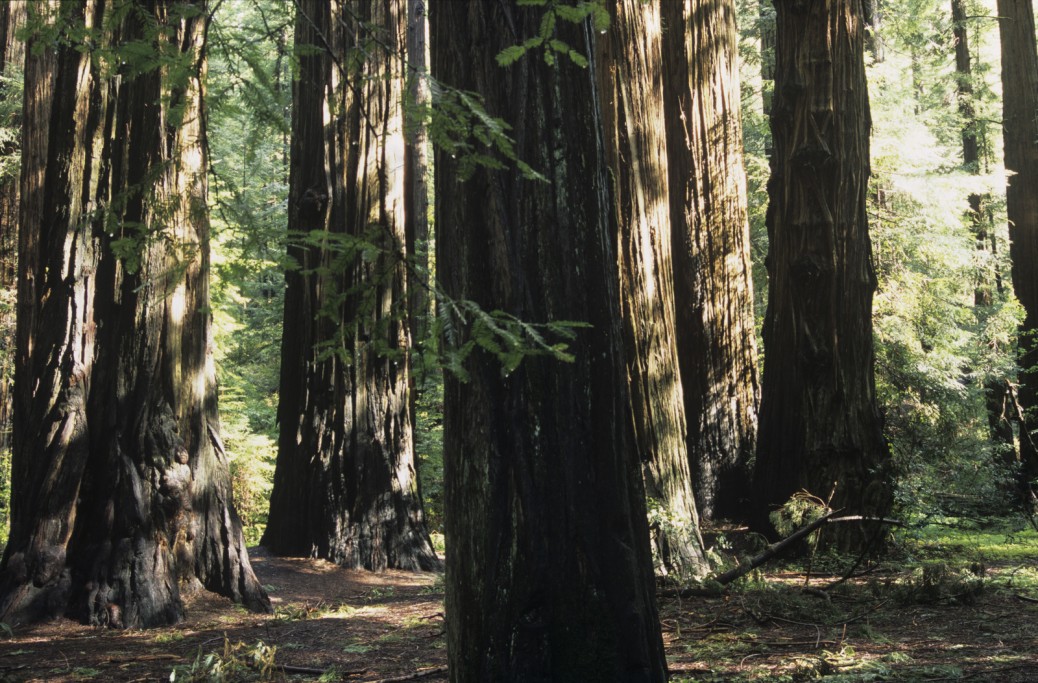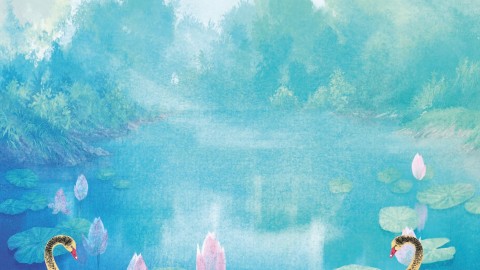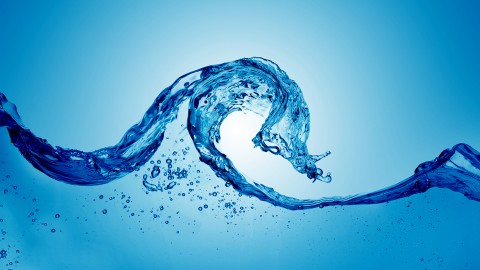Meditation and Flow
Meditation and Flow have lots in common – loss of self-consciousness, and when done right, a differential sense of time and our surroundings. Coach and martial artist Stacey Nemour has shared some tips on using meditation to get into the Flow state in her superb Huffington Post article, some examples include:
- Relaxing your eyes and focusing on your breath – while engaging in whatever sport or activity it is that you’ve picked. “Feel the body follow, this will clear and calm the mind and body”, she writes.
- Get out of your own way – to program for success, Nemour says, it’s important to “merge with your highest visions of yourself”. Meditation can help us bring our mind, body, and spirit together in that truly focused Flow state of being where we’re attuned with our goals. And of course, a sense of controls over our skills to achieve them.
- Connect with your full creative power – with practice, meditation allows us to move into an altered state of consciousness when we want to. It’s the same kind of consistent practice that athletes will be familiar with: as we get more experienced with working out or similar, we can learn to tune out distractions, both internal and external.
The Importance of Flow in the Workplace
In the workplace, Flow has huge implications for productivity. We’ve all heard the old adage “pick a job you love and you’ll never work a day in your life.”
In the reality of the 21st century, however, distractions abound. From buzzing telephones to constant email notifications, we’re much better equipped to focus on and enjoy the tasks at hand if we can enter a Flow state.
Diving a little deeper into Kotler’s HBR article, there are many benefits that Flow can have in the workplace – starting with faster learning.
Citing a military study from DARPA, he points to the findings that snipers who trained in a Flow state reached expert level in half the time. From an organizational perspective, this has massive potential impacts for structuring and creating a work environment that can nurture more efficient training and development.
In the workplace, Flow even has implications for how we tackle our approach to innovation. These aren’t unrelated to the concept of faster learning, either. As entering and attaining a Flow state is closely linked to our awareness, being ‘in Flow’ can help us mitigate the impacts of those constant distractions on our creativity.
Quoting John Hagel of Deloitte’s corporate growth Center for the Edge, Kotler points out how getting in the zone can help us take these different streams of information and use them creatively.
“Flow allows you to absorb that information, synthesize it, and integrate it. This drives the creative process. So while everyone else is driven to distraction, people in flow are adapting – they’re using the state to take performance to the next level.”
Tags: Brain Waves Flow and Positive Psychology Flow State Scale Go With The Flow Meditation and Flow Psychology of Optimal Experience










